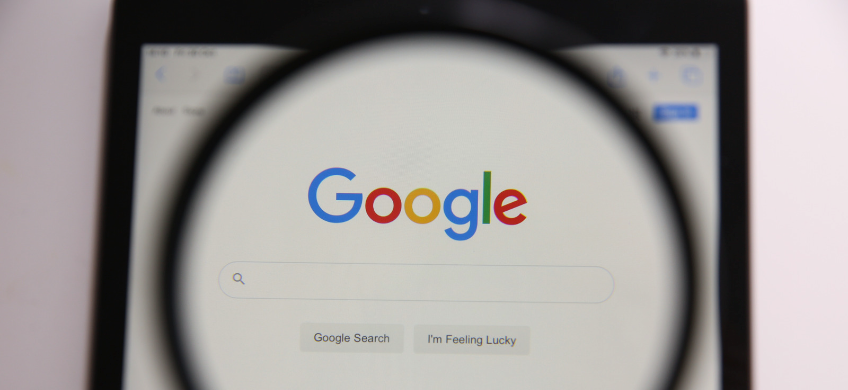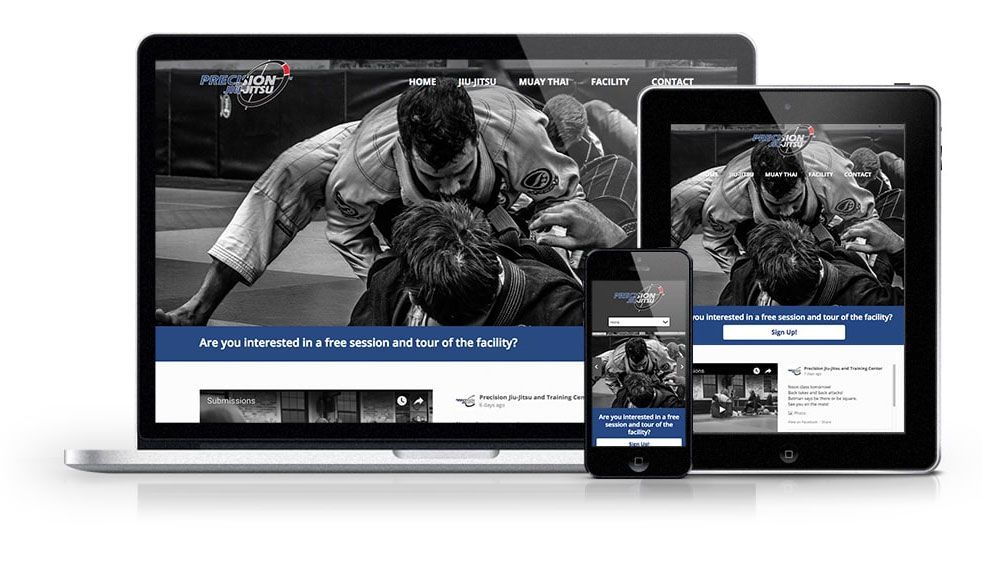Wait, so how does this Twitter thing work?
Let’s face it, Twitter just doesn’t sound like one of the biggest and most influential social networks out there. It sounds like…the morning activity of fluffy yellow animals.
But there’s no denying Twitter’s powerhouse ways. As of Thursday, September 25, at 4:44 p.m., there were 466,235,789 tweets sent just that day. (You can watch the daily tweet count on a website called internet stats live, where the count flips higher more quickly than your eyes can process.)
We are a tweeting nation. A tweeting world.
Twitter was founded in 2006, the brainchild of Jack Dorsey, who envisioned a platform in which friends could keep tabs on each other through hour-by-hour updates. In the years after its launch, Twitter sponged up new users at an insanely rapid rate, often going over capacity and out of service. As of today, there are about 232 million “monthly active users,” or users whose profiles don’t sit there gathering dust, but pop regularly with new tweets.
Just for reference, there are about 300 million people in the United States. In other words, if Twitter were a country, it would be the fourth largest in the world.
Naturally, any business owner would want to hook into this immense population of potential customers, but let me tell you something about Twitter users: They know when they’re being sold to. Twitter is about authenticity – using a real, natural voice – and it’s about conversations. The most successful brands on Twitter are those that are responsive to followers, offer valuable information more than advertisements, and establish trust through smart, interesting, funny, relevant, human tweeting.
How to Connect On Twitter
What does it look like to dwell in the Twitterverse?
All users have their own personal pages on which their “tweets” are displayed in reverse chronological order. This is different from the “timeline,” where their own tweets are displayed along with the people they’ve “followed,” or whose tweets they’ve subscribed to. Twitter users follow their friends, favorite celebrities, politicians, themed accounts, news sources, and – drumroll, please – businesses and brands they’re interested in. Once a user followers you, your tweets will appear on his or her timeline.
There are a few ways to interact with users beyond following them. Placing an “@” before a user’s Twitter name will send the tweet directly to his or her personal page. You can also “favorite” and “retweet” other people’s tweets; the first will let the person know you’ve favorited the tweet and save it to an archive of all of your favorited tweets, while the second will re-broadcast the tweet on your personal page, giving the original tweeter credit.
Lastly, you can direct message, or “DM,” any user, which means your message goes to his or her private inbox and can be longer than 140 characters. Which reminds me…
140 Characters
One of Twitter’s signature features is that each tweet cannot exceed 140 characters. The reason for this feature is that Twitter’s original founders envisioned the platform using “SMS,” or short mobile service, to broadcast tweets. SMS is the medium cell phones once used to send text messages, and it did not support messages longer than 140 characters. Hence the famous 140-character limit on tweets.
Today, any 14-year-old can tell you that text messages support far more than 140 characters, but this limit has remained in the Twittersphere. Some might say that this restriction is what gives Twitter much of its personality, demanding users get to the point fast. At any rate, the brevity of tweets does align with our culture of short attention spans and fast flicking across the Internet.
The Hashtag (#)
Another of Twitter’s claims to fame is the hashtag, or the “#”. By placing a hashtag before any word in a tweet, your tweet becomes visible to other users searching for tweets that use that word. When hashtags become popular, they’re said to be “trending,” which means that hordes of people are talking about the same subject.
Just as an example, if a dinosaur were to be spotted in Philly, #Phillydinosaur might emerge as a trending topic.
As a business, you can use the hashtag to weigh in on popular topics, whether they’re current events, movies, or causes. The advantage of doing so is that your tweet gains greater visibility, since those searching for tweets using this hashtag will be able to see your tweet and may follow you. And once they follow you, you have the opportunity to build trust daily.
Reverse Chronological Order
A third Twitter highlight is the way that each user’s timeline arranges itself: reverse chronological order. This is different from Facebook, which uses a famous algorithm to control which posts users see and which they don’t. As many a frustrated business owner has complained, you can have 100 followers and still have only eight or nine people actually see what you post.
With Twitter, the playing field is a bit more level. If a person follows you and happens to be on Twitter when you tweet, or scrolls through all of his or her tweets each day, that person will see what you post.
Of course, the social media world has been atwitter with news that Twitter may soon be switching to an algorithm, but for now, reverse chronology reigns.
Advertising on Twitter
Businesses may choose to pay to create “Promoted Tweets,” which gain wider distribution than organic tweets and can be targeted to users by interests, gender, location, language, search keywords, device, and similarity to your existing followers.
Unlike Facebook advertisements, which appear alongside the Newsfeed, Promoted Tweets will appear directly in users’ timelines, though they’ll still be clearly marked as promoted. An analytics toolbar makes it easy to track the efficacy of these advertisements in scoring you interactions with followers.
Of course, the effectiveness of Promoted Tweets has been called into question by various critics, and a popular notion is that it’s best to engage with Twitter followers the old-fashioned way – through solid content and honest, organic interactions.
The Biggest Industries Using Twitter
The brands that prevail on Twitter are those that use the medium to serve their customers instead of just trying to sell them things. Telecom companies, airlines, and finance are the three of the biggest Twitter industries, namely because followers use these companies’ accounts in incredibly practical ways, like asking questions and reporting problems.
Of course, having an active Twitter account in any industry is helpful, since it makes you more searchable and ensures that if users come looking for you on Twitter, you’ll be there, hopefully with a relevant, honest, interesting feed.
When it comes down to it, quality content is always the kicker.
The post Wait, so how does this Twitter thing work? appeared first on GetPhound.

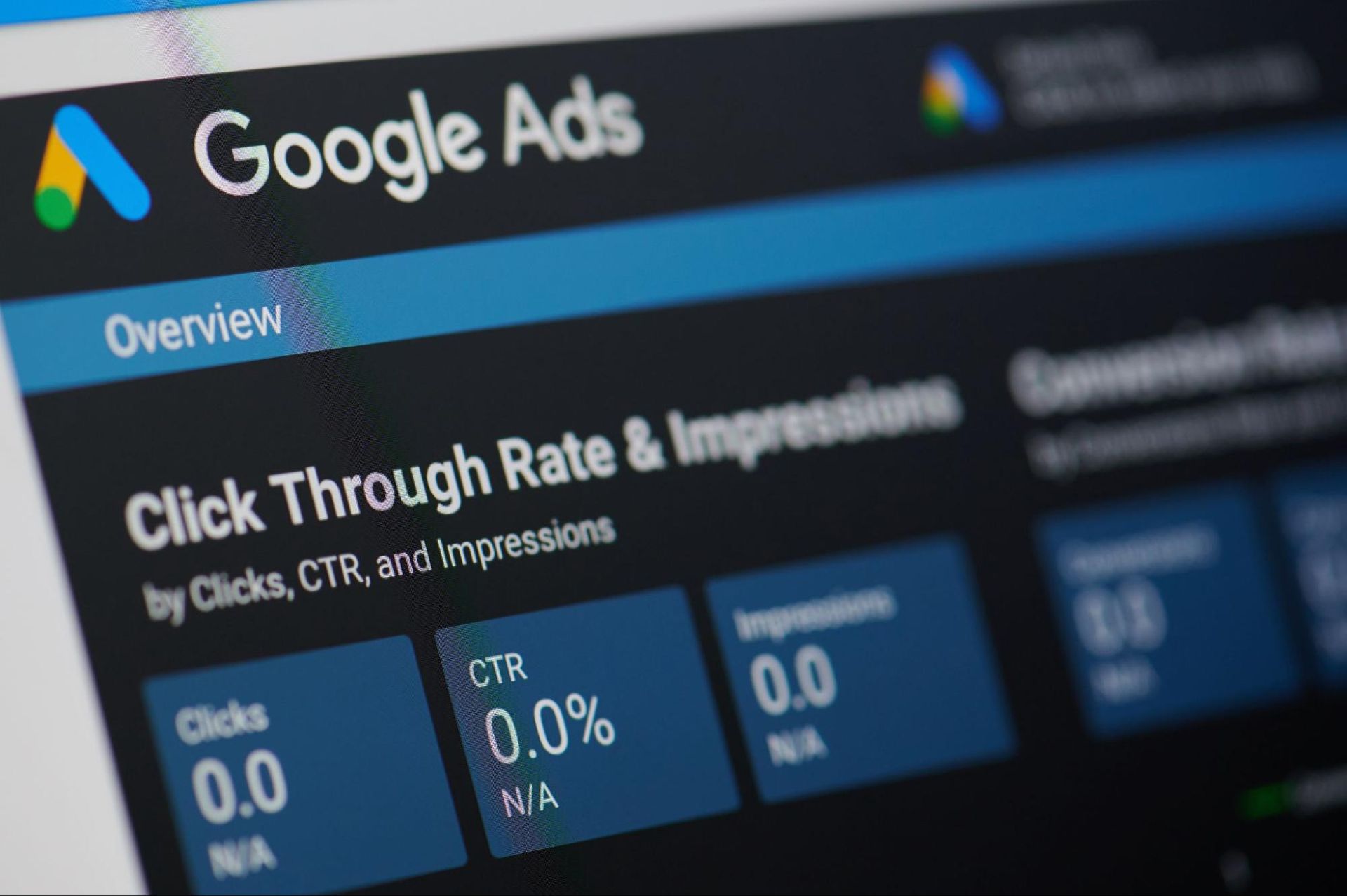
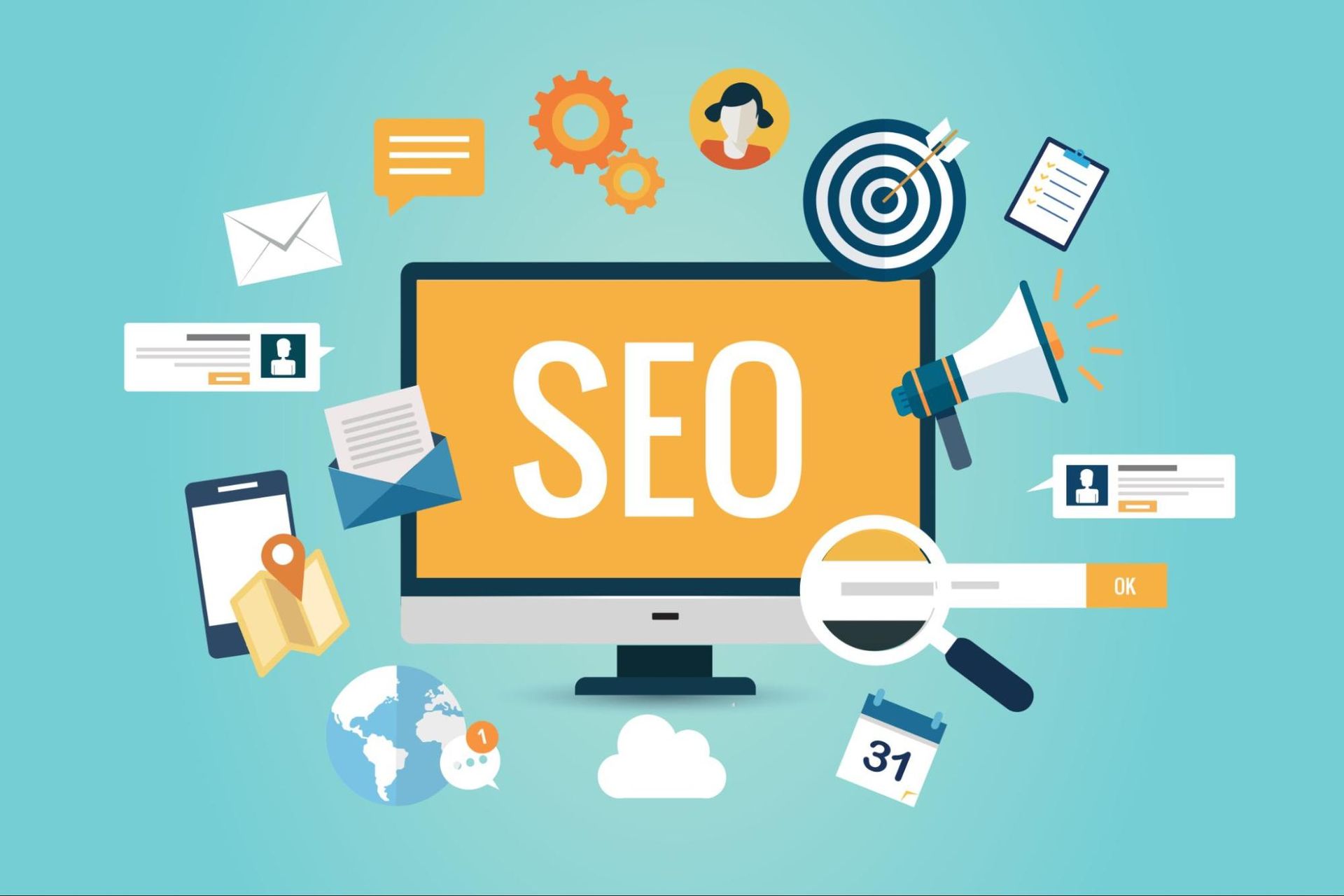
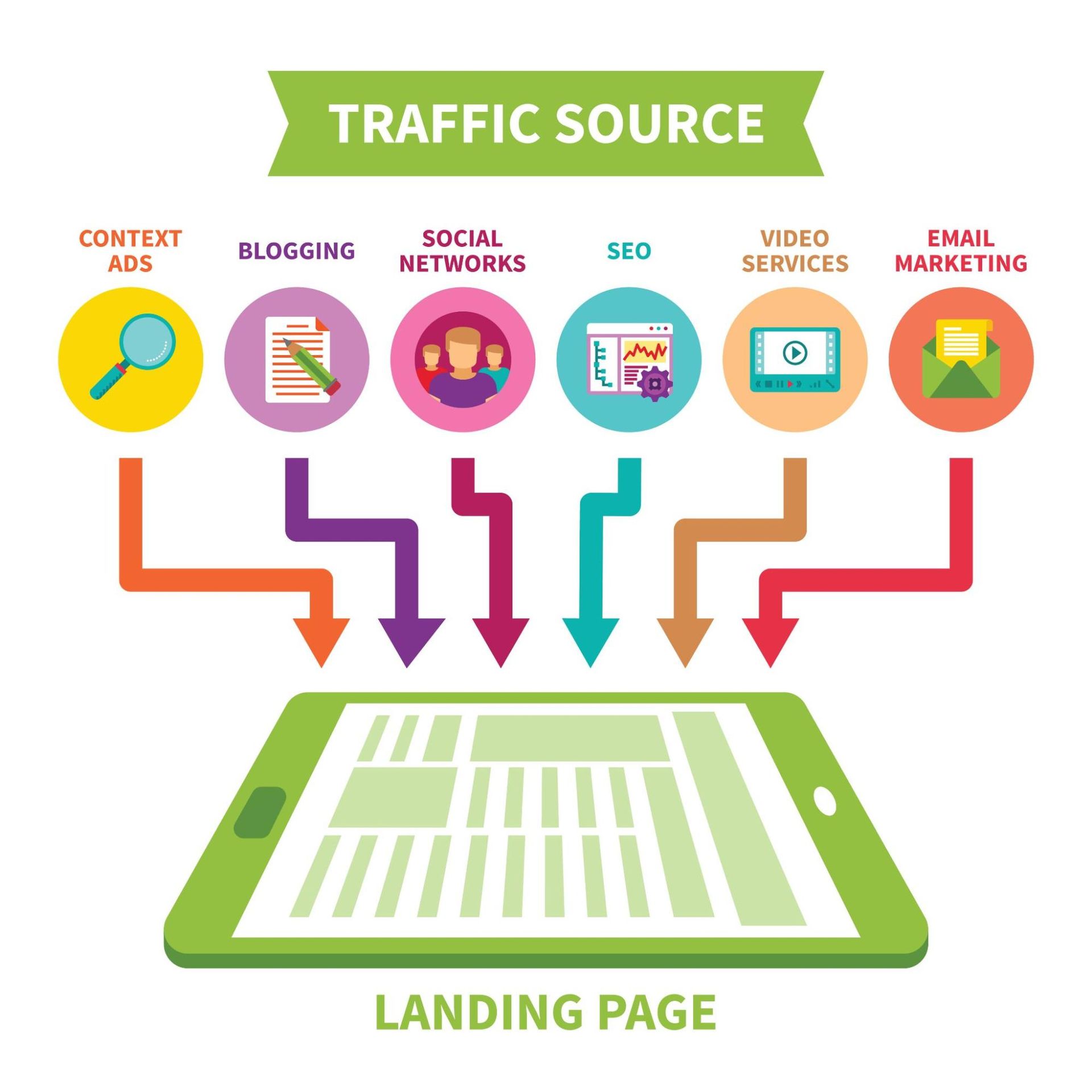

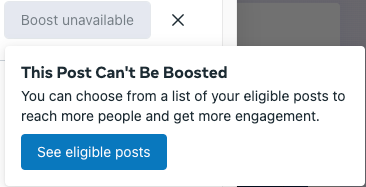
CONTACT DETAILS
Phone: Schedule a call with our CEO
Email: Hello@GetPhound.com
Proudly based in Conshohocken, PA.
QUICK LINKS
OUR SERVICES
All Rights Reserved | GetPhound



